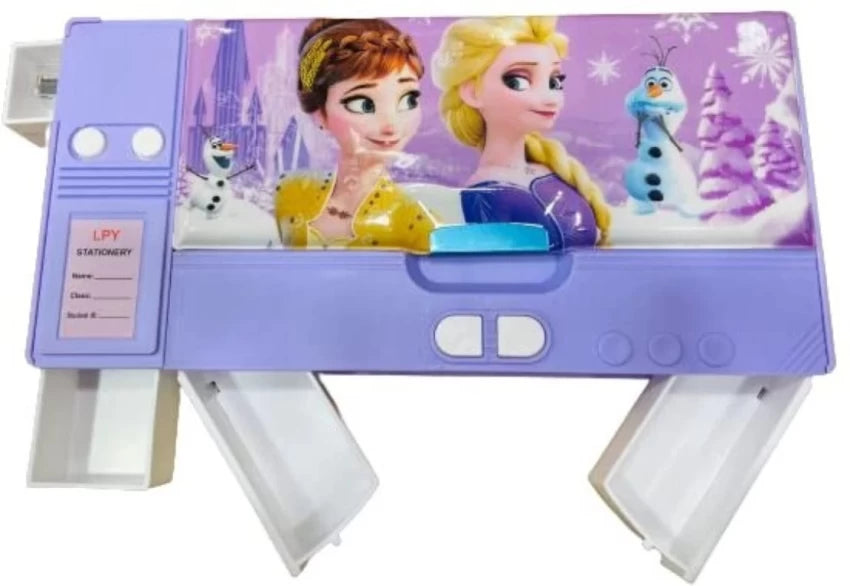The Essential Geometry Box for Kids:
A geometry box is a fundamental tool for children as they embark on their journey into the world of mathematics. It provides them with the necessary instruments to explore geometric concepts, develop spatial awareness, and enhance their problem-solving skills. In this blog, we’ll delve into the importance of a geometry box for kids and highlight the essential components it should contain.
Why a Geometry box important for Kids?
Hands-On Learning
A geometry box allows children to engage in hands-on learning. By physically manipulating tools like compasses, rulers, and protractors, kids can better understand abstract geometric concepts.
Develops Spatial Awareness
Using a geometry box helps children develop spatial awareness. They learn to visualize and understand the relationships between different shapes and sizes, which is crucial for their cognitive development.

Enhances Problem-Solving Skills
Working with geometric tools requires precision and critical thinking. Kids learn to approach problems methodically, enhancing their analytical and problem-solving skills.
Encourages Precision and Accuracy
Geometry often involves precise measurements and constructions. Using a geometry box teaches children the importance of accuracy and attention to detail.
Essential Components of a Geometry Box
Compass
A compass is used to draw circles and arcs. It helps children understand the concept of radius and diameter, and how these measurements relate to circles.
Ruler
A ruler is essential for measuring lengths and drawing straight lines. It is a basic but vital tool for all geometric constructions.
Protractor
A protractor is used to measure and draw angles. It helps kids understand different types of angles (acute, obtuse, right) and their measurements in degrees.
Set Squares
Set squares, usually in the form of 45-degree and 30/60-degree triangles, are used for drawing accurate angles and parallel lines. They are crucial for constructing geometric shapes and understanding symmetry.
Divider
A divider is used for transferring measurements from one part of a drawing to another. It is particularly useful in construction tasks that require consistent measurements.
Eraser and Sharpener
An eraser is necessary for correcting mistakes, and a sharpener ensures that pencils are always ready for precise drawing. These tools support a child’s ability to maintain accuracy in their work.
How to Use a Geometry Box Effectively?
Begin by teaching children how to use each tool individually. Start with simple tasks like drawing straight lines with a ruler or circles with a compass.
Integrate into Lessons
Incorporate the use of geometry box tools into regular math lessons. For example, use a protractor to measure angles when discussing different types of triangles.
Encourage Practice
Regular practice is key to mastering the use of geometric tools. Provide plenty of opportunities for children to use their geometry box in various math problems and projects.
Promote Creativity
Encourage kids to use their geometry box for creative projects, such as designing patterns or creating artwork. This helps them see the practical applications of geometry in everyday life.
A geometry box is an indispensable tool for children learning mathematics. It provides them with the instruments they need to explore geometric concepts, develop spatial awareness, and enhance their problem-solving skills. By understanding the importance of each component and integrating their use into regular lessons, you can help your child gain a solid foundation in geometry that will benefit them throughout their academic journey and beyond.

